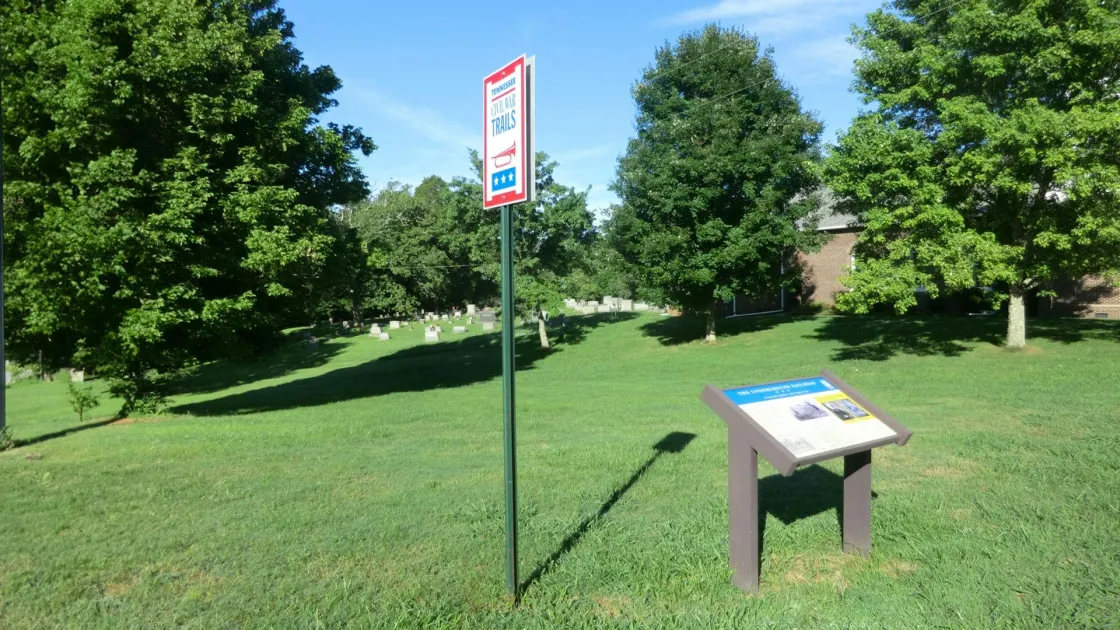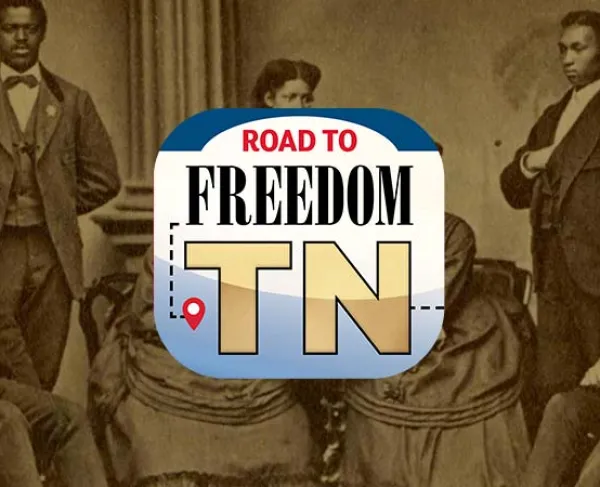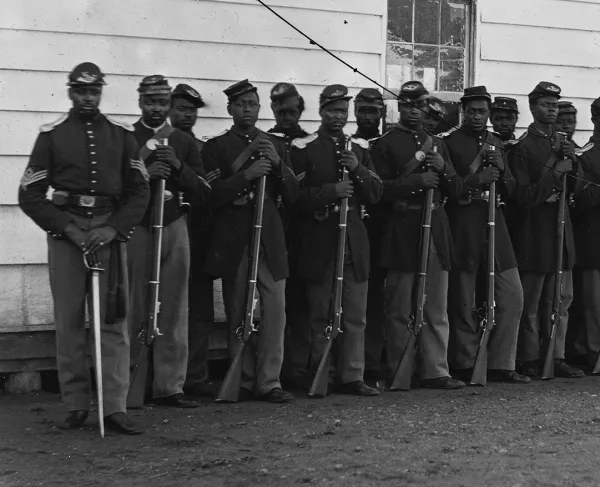Cudjo’s Cave
Tennessee
Marker is at or near this postal address:
503 W Hill Ave
Friendsville, TN 37737
United States
This heritage site is a part of the American Battlefield Trust's Road to Freedom: Tennessee Tour Guide app, which showcases sites integral to the Black experience during the Civil War era. Download the FREE app now.

The Friendsville Friends Meeting that gathers here weekly has a history that includes assisting self-emancipated African Americans escape to freedom before and during the Civil War. At that time, places (stations) and white and Black people (conductors) formed a secretive network called the Underground Railroad. What we know about its specific operations largely comes from stories passed down through communities.
Members of the Religious Society of Friends (Quakers) brought their opposition to war and slavery when they settled Friendsville about 1796. With passage of the federal Fugitive Slave Law in 1850 the risks grew for those escaping slavery and those helping along a route stretching from Chattanooga to points north through Friendsville. During the war, conscientious objectors and Unionists also sought protection from the Friendsville Friends.
William J. Hackney used a nearby cave to shelter all who came. The cave, across the creek from the meeting house and no longer publicly accessible, remained undetected with its entrance hidden with overgrowth. The narrow opening led to a large room. A nearby spring provided water, and Hackney and his wife supplied bedding and provisions for the travelers.
After the Union army occupied East Tennessee, Hackney, having helped more than 2,000 people, turned down a reward for his services and a position on the staff of Union Gen. Ambrose E. Burnside. Although Confederate soldiers confiscated the Friends’ horses, fodder, and other supplies, the pacifist farmers continued to treat both the Federals and Confederates with equal kindness.
In December 1863, John Townsend Trowbridge, published the widely popular novel Cudjo’s Cave, a fiery anti-slavery story aimed at lingering Northern opposition to emancipation and Black soldiers. Set in a cave hidden in the East Tennessee hills with characters resembling Hackney, the people he helped, and their persecutors, one can see how the Friendsville cave along with several others in the region took on the name “Cudjo’s Cave” after the war. But in 1895, Trowbridge confirmed the book’s fictional origins:
“At the close of the war I paid a visit to East Tennessee, and was pleased to find that I had not gone far wrong in my descriptions of the region where the scenes of the story are laid. But I failed to get any authentic news of the actors in it, or to discover the precise locality of the cave. I have lately been told that there is somewhere in Kentucky a cave which guides and hotel-keepers claim as the original and only Cudjo’s. I have never seen it.”




